Why vintage DSLRs still deliver in 2025
What you’ll get: a clear look at why older bodies still make modern images—and where they shine most.
Image quality fundamentals haven’t changed: sharp glass, stable technique, and a solid sensor yield files that print beautifully and sing on the web. Classic DSLRs have color science many still adore, comfortable ergonomics, and optical viewfinders that keep you connected to the scene.
- Strengths: pleasing color, robust base-ISO dynamic range, intuitive handling.
- Best use cases: portraits, landscapes, studio work, social media, and moderate prints.
- Manage the limits: high-ISO noise, video specs, and AF tracking trail modern mirrorless.
- Sustainability: extending a camera’s life avoids e-waste and keeps your budget focused on lenses and travel.
One evening in soft window light, a decade-old 5D Classic rendered skin and shadow so gracefully that the image still sits in my portfolio—timeless not because of megapixels, but because the moment and tonality were right.

Quick picks: vintage DSLRs that still shine
What you’ll get: five proven bodies and why they’re still worth your time in 2025.
- Canon 5D Classic (full-frame): rich tonality for portraits/landscapes, simple robust files.
- Nikon D90 (APS-C): dependable all-rounder; lovely color and ergonomics for travel and family.
- Nikon D200 (APS-C): pro build, classic CCD look; perfect for deliberate shooters.
- Canon 40D (APS-C): fast handling, pleasing skin tones; a B&W conversion favorite.
- Nikon D300 (APS-C): rugged, strong AF for portraits/action; flexible Picture Controls.
Ready to explore? You can shop used DSLR cameras and compare conditions and shutters at a glance.
| Name | Best for | ISO/Spec | Look/Result | Latitude/Usability | Notes |
|---|---|---|---|---|---|
| Canon 5D Classic | Portraits, landscapes | FF CMOS, 12 MP | Rich tonality, depth | Strong at base ISO | EF prime bargains abound |
| Nikon D90 | Travel, family | APS-C CMOS, 12 MP | Balanced color | Easy, dependable | Great ergonomics |
| Nikon D200 | Deliberate shooting | APS-C CCD, 10 MP | Distinct CCD pop | Lower high-ISO | Pro body feel |
| Canon 40D | People, B&W | APS-C CMOS, 10 MP | Pleasing skin tones | Fast handling | Great with fast primes |
| Nikon D300 | Portraits, action | APS-C CMOS, 12 MP | Neutral, clean files | Strong AF system | Rugged build |
Attribute ratings (0–5)
Indicative ratings to guide expectations; your lighting and processing choices matter most.
Quick decision
- Pick Canon 5D Classic if you crave full-frame tonality and simple, soulful files.
- Pick Nikon D90 if you want an easy, versatile everyday camera with lovely color.
- Pick Nikon D200 for the tactile pro body and that distinctive CCD rendering.
- Pick Canon 40D for fast handling and flattering skin tones, especially in B&W.
- Pick Nikon D300 when you need tougher build and more decisive AF.
Review face-off: Canon 5D Classic vs Nikon D200
What you’ll get: a direct comparison of two icons—how they render, handle, and what they’re best at.
Sensor & look: 5D uses a full-frame CMOS—more depth-of-field control and smooth tonality. D200’s APS-C CCD offers micro-contrast and a color “pop” many adore at low ISO.
AF & handling: the 5D feels simple and uncluttered; the D200’s pro body brings robust controls and confidence. Use cases? 5D for portrait/landscape tonality; D200 for tactile, controlled shooting with that CCD aesthetic.
Lens ecosystems: EF full-frame primes are plentiful; Nikon F-mount AF/AF-D lenses are bargains with character. Choose based on your existing glass and where you’d like to expand.
I shot the same portrait with both: the 5D smoothed transitions in skin and background; the D200 drew edges with crisp micro-contrast, making eyes snap. Neither was “better”—just different moods.
Pros
- 5D Classic: deep tonality, full-frame look, simple workflow.
- D200: pro build, distinctive CCD color, satisfying controls.
Cons
- 5D Classic: modest AF coverage, limited high-ISO performance.
- D200: noisier at higher ISO, smaller sensor limits shallow DOF.
Buy Nikon D90 used in 2025: a smart, sustainable pick
What you’ll get: why the D90 still works today, and a thorough checklist to buy with confidence.
Why it’s relevant: reliable AF, pleasing color, and comfortable ergonomics make the D90 a joy for everyday photography, travel, and casual portraiture—especially with a fast prime.
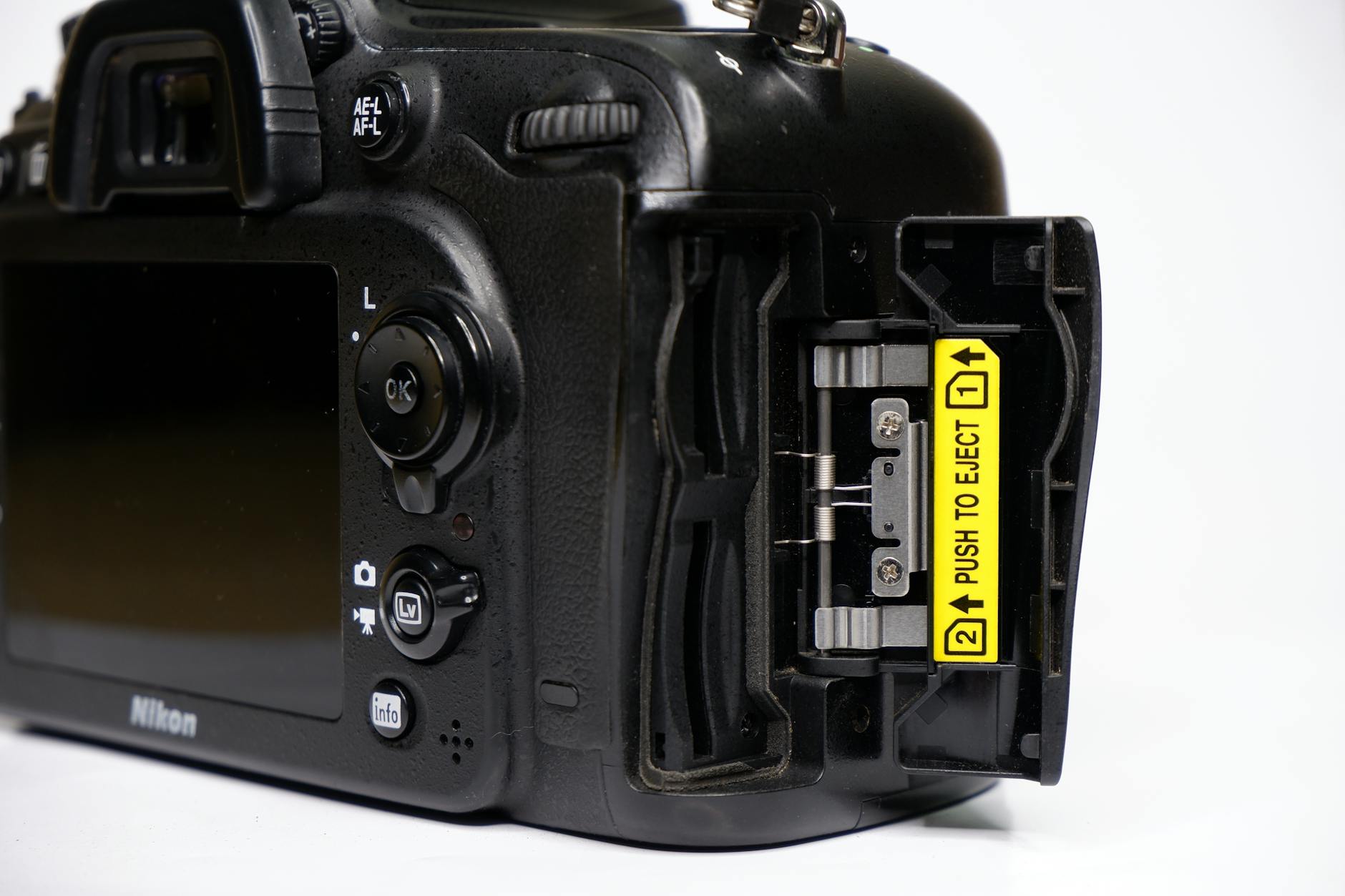
- Confirm shutter count within healthy expectations for age; inspect for even wear.
- Test AF with a prime lens; verify accuracy and consistency in good light.
- Inspect rubber grips, buttons, dials for stickiness or lag.
- Check SD slot, USB/HDMI ports, and hot shoe for damage.
- Review sensor and viewfinder for dust; take a blank-frame test at f/16.
- Examine LCD for dead pixels or color shifts; test Live View.
- Assess battery health and charger function; try a full cycle.
- Reset settings/firmware and do a quick real-world test shot in RAW.
How to clean a Canon 40D sensor safely
What you’ll get: a safe, step-by-step workflow to keep dust at bay without risking damage.
Start with prevention: swap lenses with power off, camera facing down, and keep rear caps clean. Then follow a conservative cleaning flow—blower first, inspect, wet clean only if needed.

- Charge battery fully; enable sensor cleaning mode.
- Use a rocket blower (no canned air) with camera facing down.
- Inspect with a loupe or shoot f/16 sky/wall to check spots.
- If needed, use correct-width swabs and sensor-safe fluid.
- Single gentle pass per side; recheck with a new f/16 test shot.
- Avoid touching shutter curtains/mirror; power off before exit.
- Store swabs sealed; keep a dedicated microfiber for the rear element.
First time I spotted dust specks in a blue-sky photo, a careful blower pass and a single wet swipe fixed it—today I’d add a test shot before and after to confirm.
Need tools you trust? Browse our sensor cleaning tools and accessories.

Creative portraits with a Nikon D300
What you’ll get: a fast portrait setup that plays to the D300’s strengths.
Lean into the D300’s decisive AF, flexible Picture Controls, and rugged body that lets you shoot in offbeat locations without flinching. Pair with a 50mm or 85mm prime (AF-D or G) for subject isolation.
- In-camera: Portrait Picture Control, fine-tune WB, and back-button focus.
- Light: window light + reflector, or add a single speedlight for depth.
- Post: gentle noise reduction, preserve skin tones, subtle color grading.
Try a short series in open shade with a simple reflector—note how the D300 holds skin tones as clouds drift and color temperature shifts.
Lenses that elevate your old DSLR
What you’ll get: simple lens picks and quick checks to unlock modern-looking files.
Fast primes add punch: 35/50/85mm transform low light and portraits. Classic bargains—AF-D lenses on Nikon bodies, EF primes on the 5D Classic—deliver character without the cost.
Compatibility matters: understand AF motor requirements, aperture rings, and full-frame vignette behavior. For best sharpness, use AF fine-tune or microadjust where available.
- Verify mount compatibility and AF motor requirements.
- Test wide-open focus accuracy at portrait distance.
- Check for decentering with a distant scene or brick wall.
- Enable AF fine-tune/microadjust if front/back focus is observed.
Round out your kit and browse second-hand camera lenses that suit your mount.
Settings and workflow for modern-looking results
What you’ll get: a practical setup and post flow that keeps files clean, consistent, and current.
- Shoot RAW for latitude; if JPEG, pick a neutral Picture Style.
- Expose to protect highlights; rely on histogram and highlight alert.
- Use custom white balance or a grey card for consistent color.
- Noise: stay lower ISO when possible; gentle NR in post; try exposure stacking for static scenes.
- Sharpening and color: lens profiles, subtle clarity, filmic color grading.
Are older DSLRs still competitive? Real-world expectations
What you’ll get: where classics compete, where modern wins, and how to choose smartly.
Where they compete: controlled light, portraits, landscapes, web and social, and modest prints. Where modern cameras win: advanced AF tracking, very high ISO, video features, and silent shooting.
Decision guide: match camera to subject needs, your lens drawer, and budget—with the sustainability bonus of using what already exists. On a recent portrait commission in studio light, a D300 excelled precisely because the scene favored base ISO, controlled light, and steady subjects.
FAQ
Which vintage DSLRs still take great photos in 2025?
Canon 5D Classic, Nikon D90, Nikon D200, Canon 40D, and Nikon D300. Their strengths are pleasing color, solid handling, and dependable sensors when paired with good lenses.
Are Canon 5D and Nikon D90 good second-hand in 2025?
Yes. Pick the 5D Classic for full-frame tonality; the D90 for versatile APS-C use. Always check shutter count, AF accuracy, and overall condition.
What is the best way to maintain a vintage DSLR?
Keep sensors and lenses clean, store gear dry, update firmware, cycle batteries monthly, and service sticky buttons or grips as needed.
Can older DSLRs still compete with modern cameras?
Often yes for portraits, landscapes, and web output. Modern bodies win at high ISO, advanced AF tracking, video, and silent shooting.
How do I safely clean a Canon 40D sensor?
Start with a blower; test at f/16; use proper swabs/solution only if needed; avoid shutter/mirror; stop if unsure.
Find your next classic: shop used DSLRs
Ready to put a proven body back to work? Explore curated, tested cameras and build a sustainable kit that delivers.




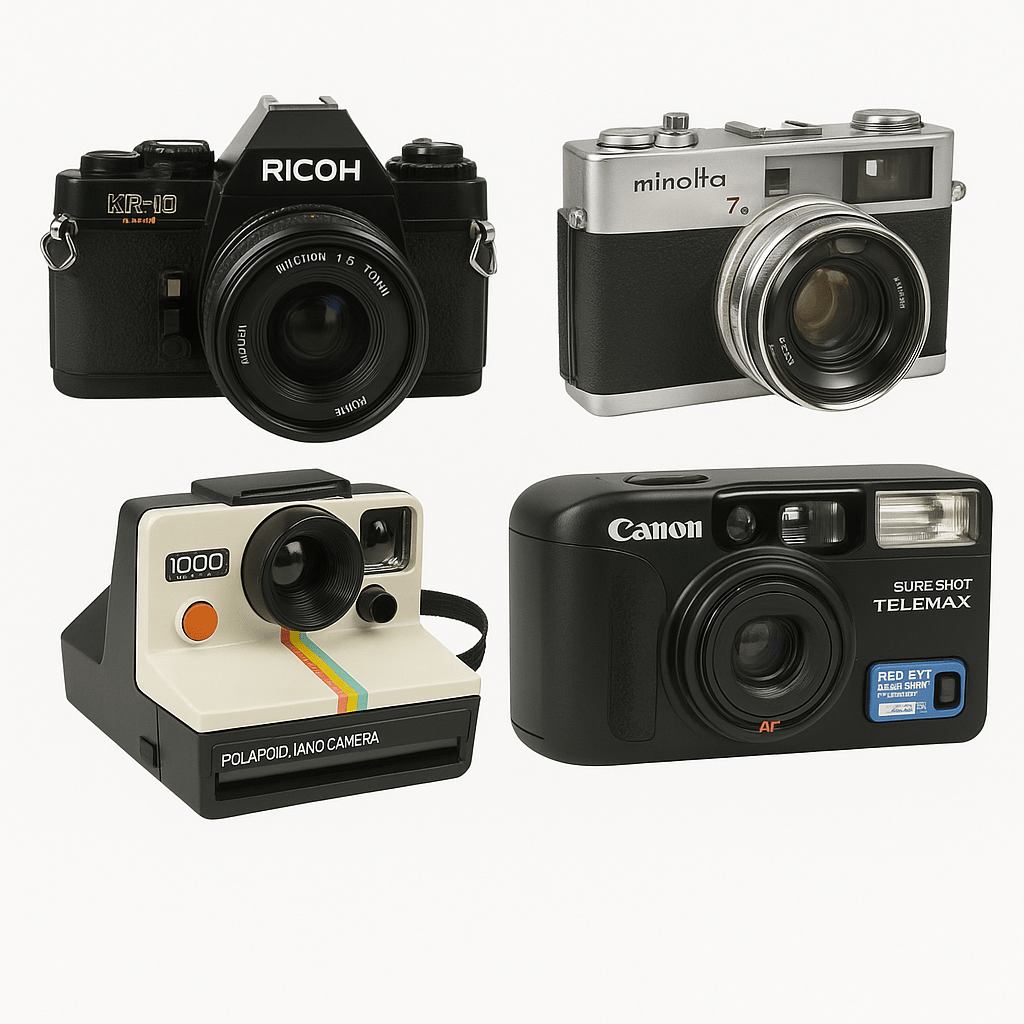


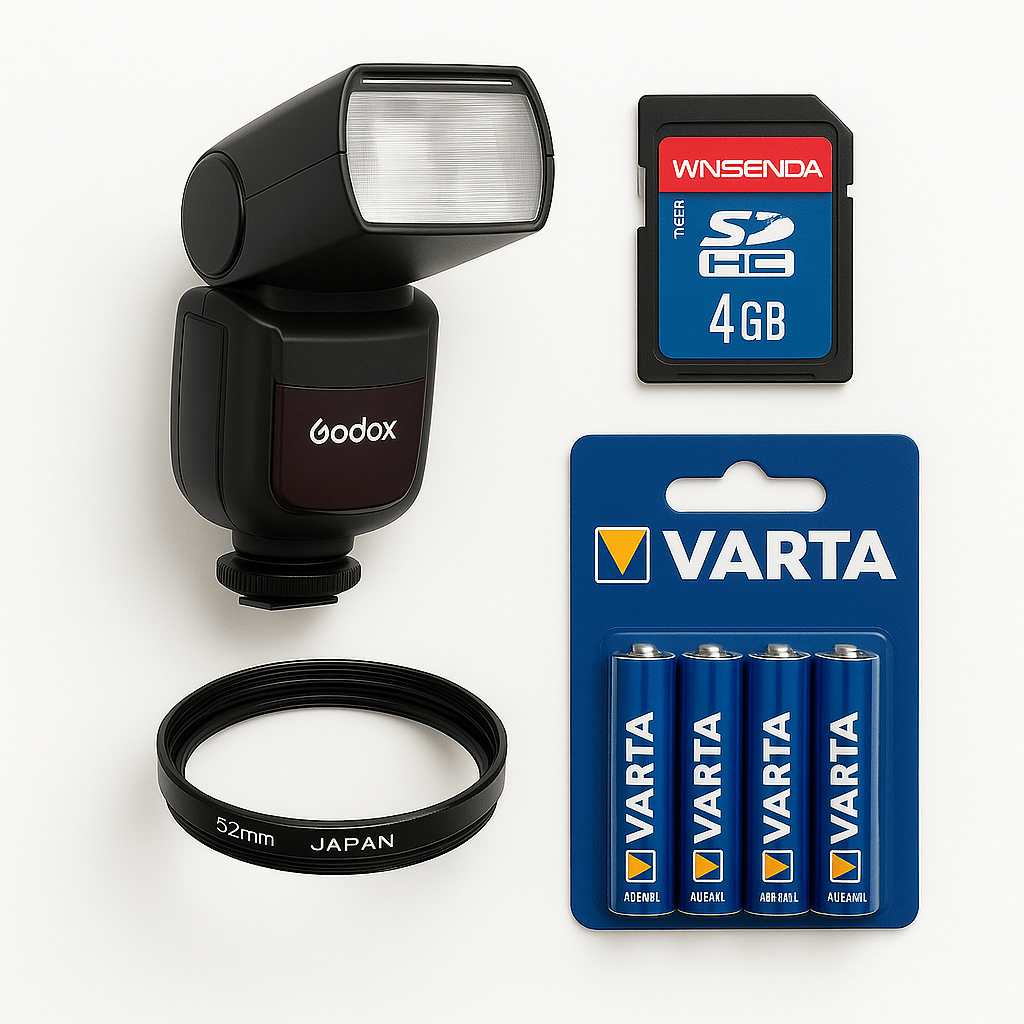
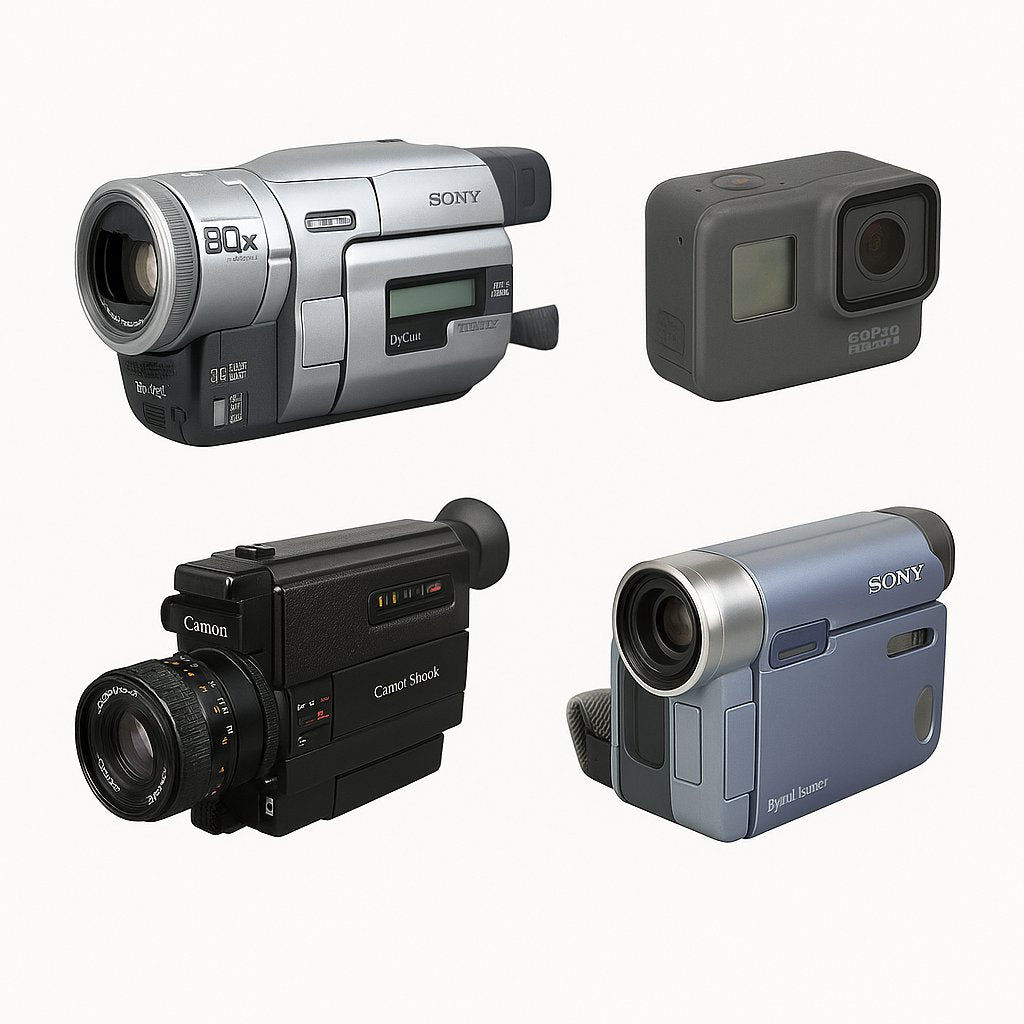
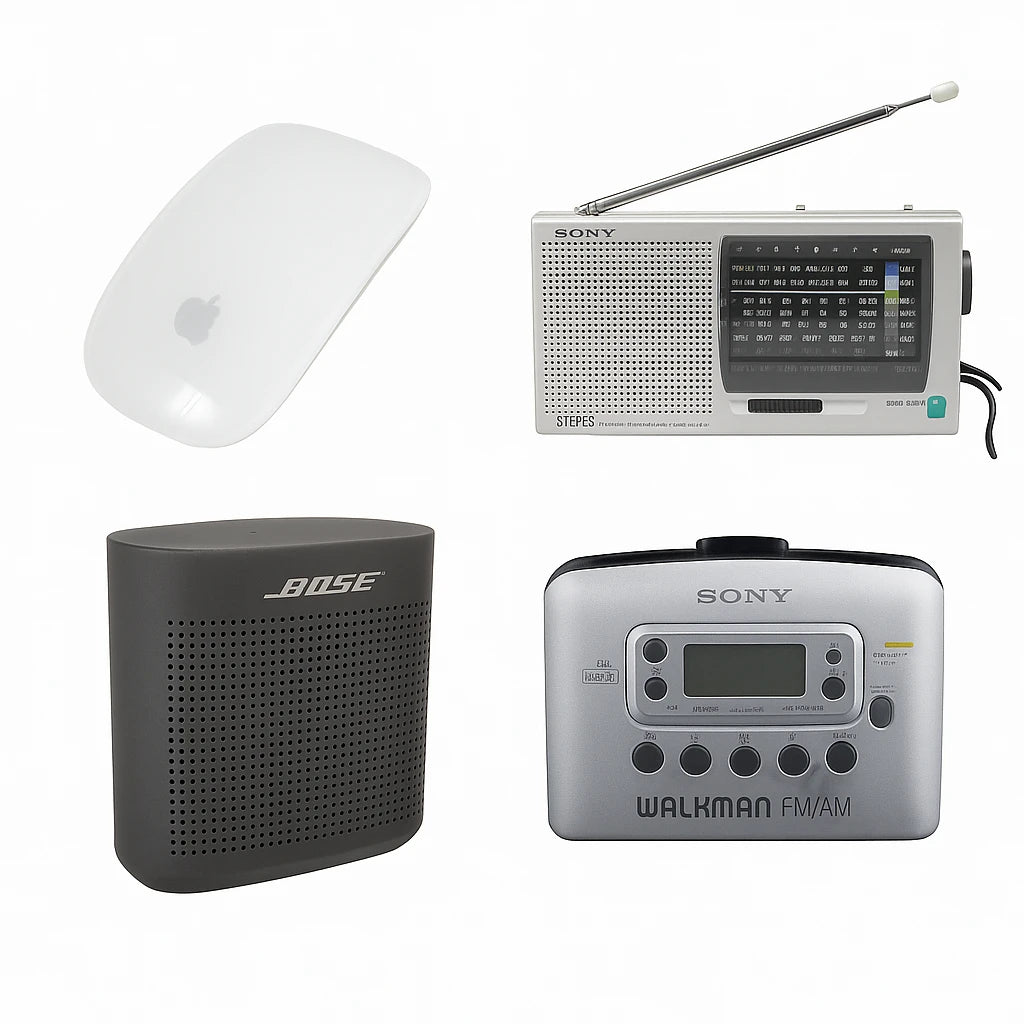
0 comments